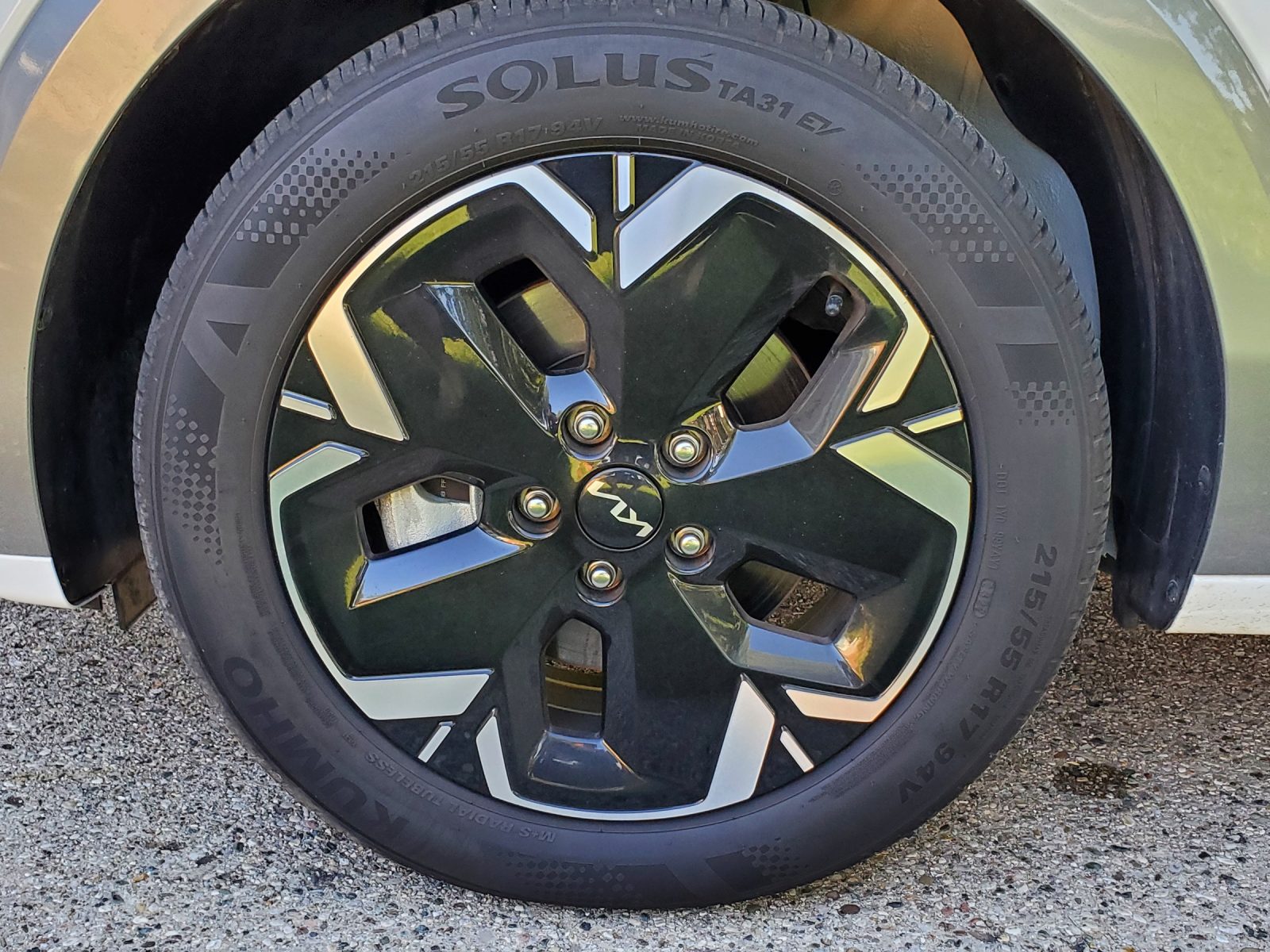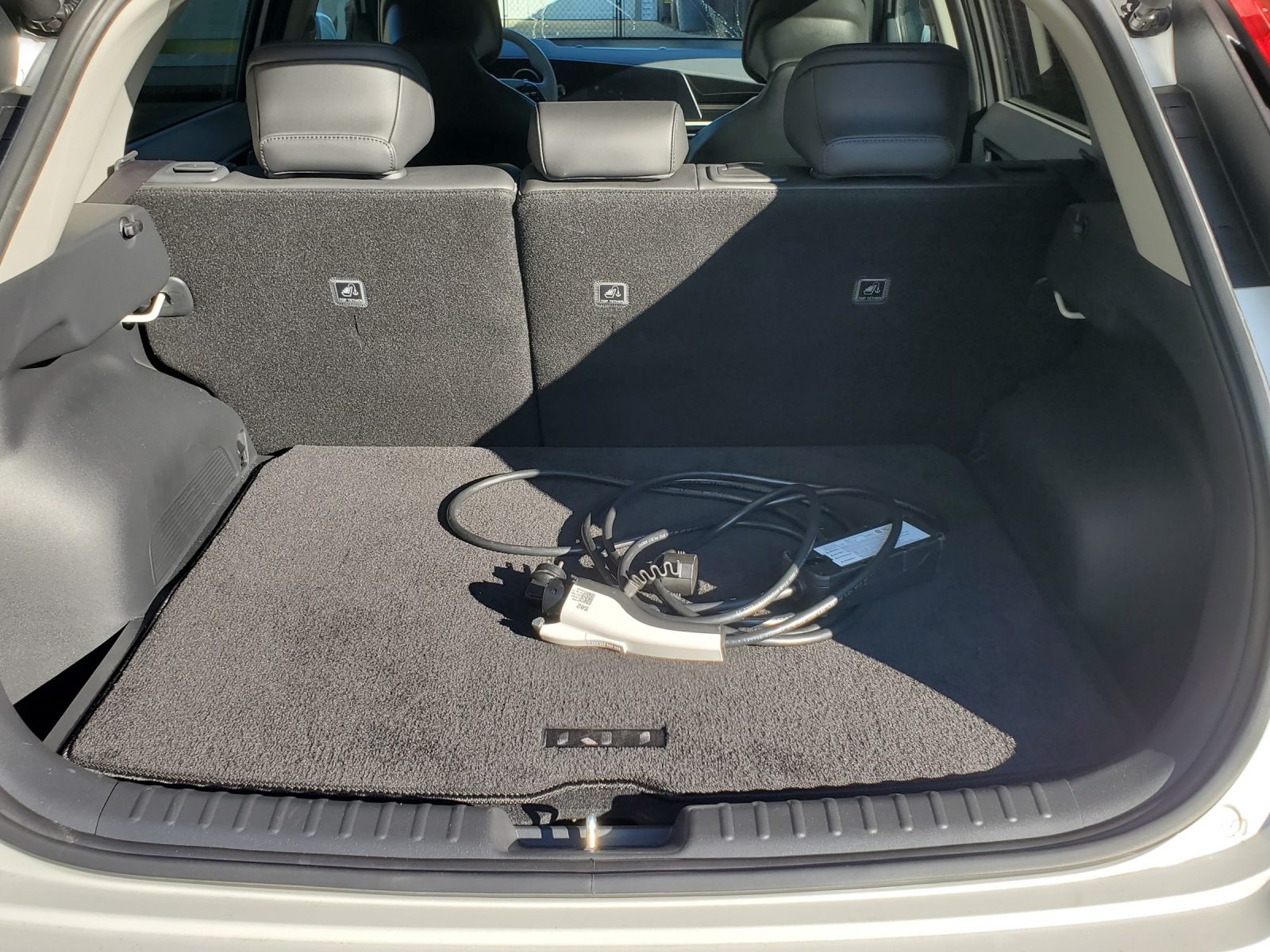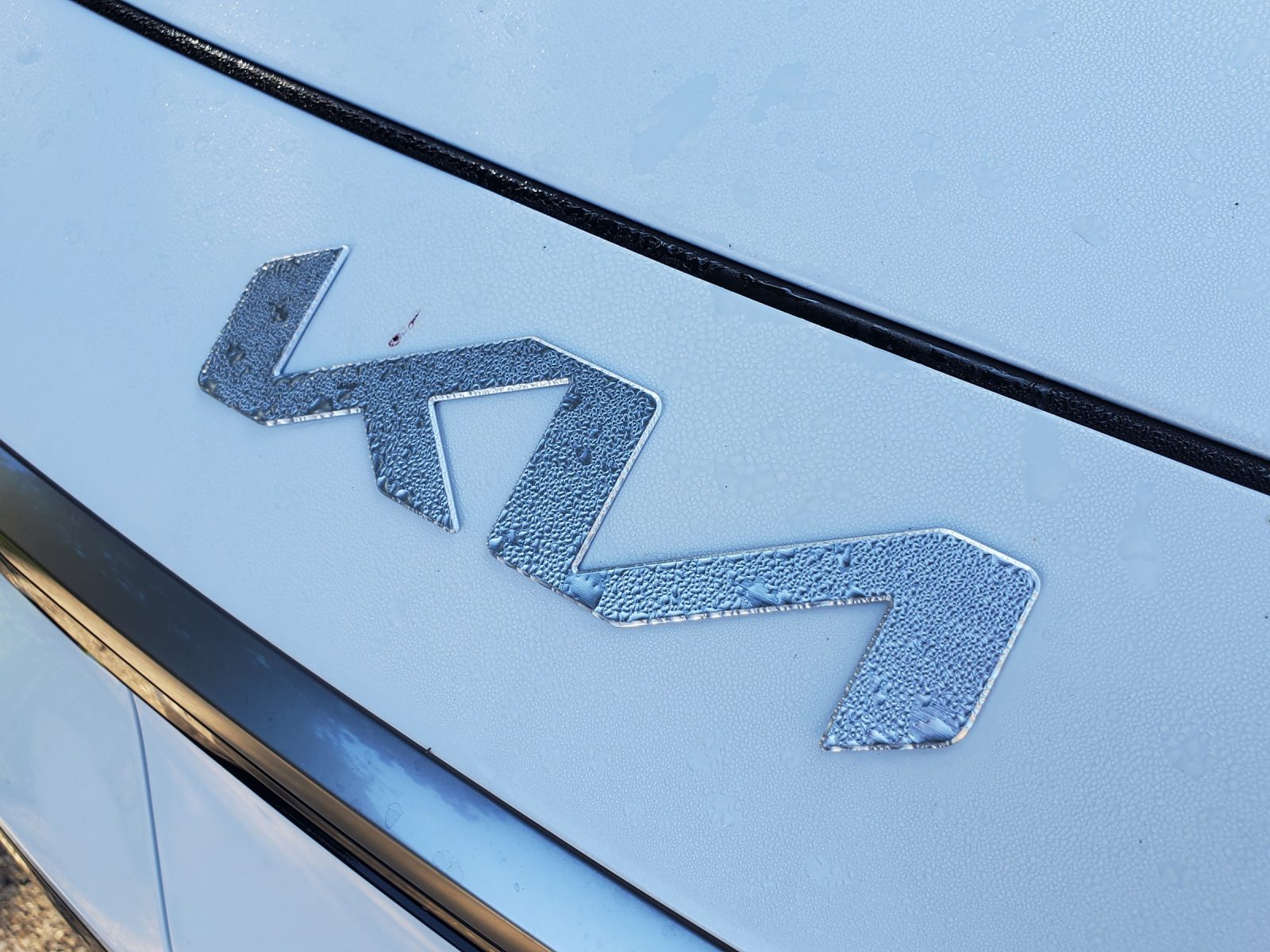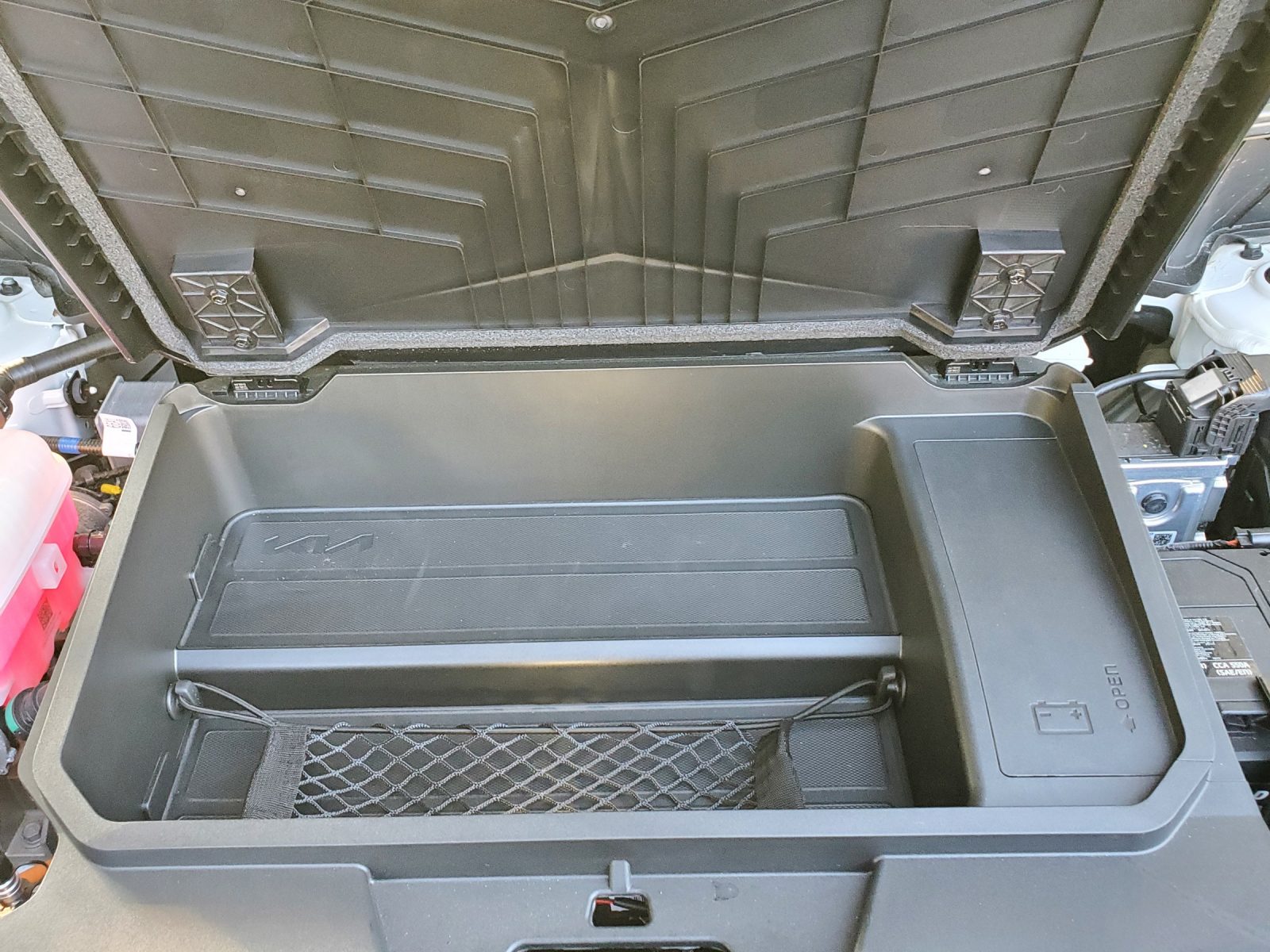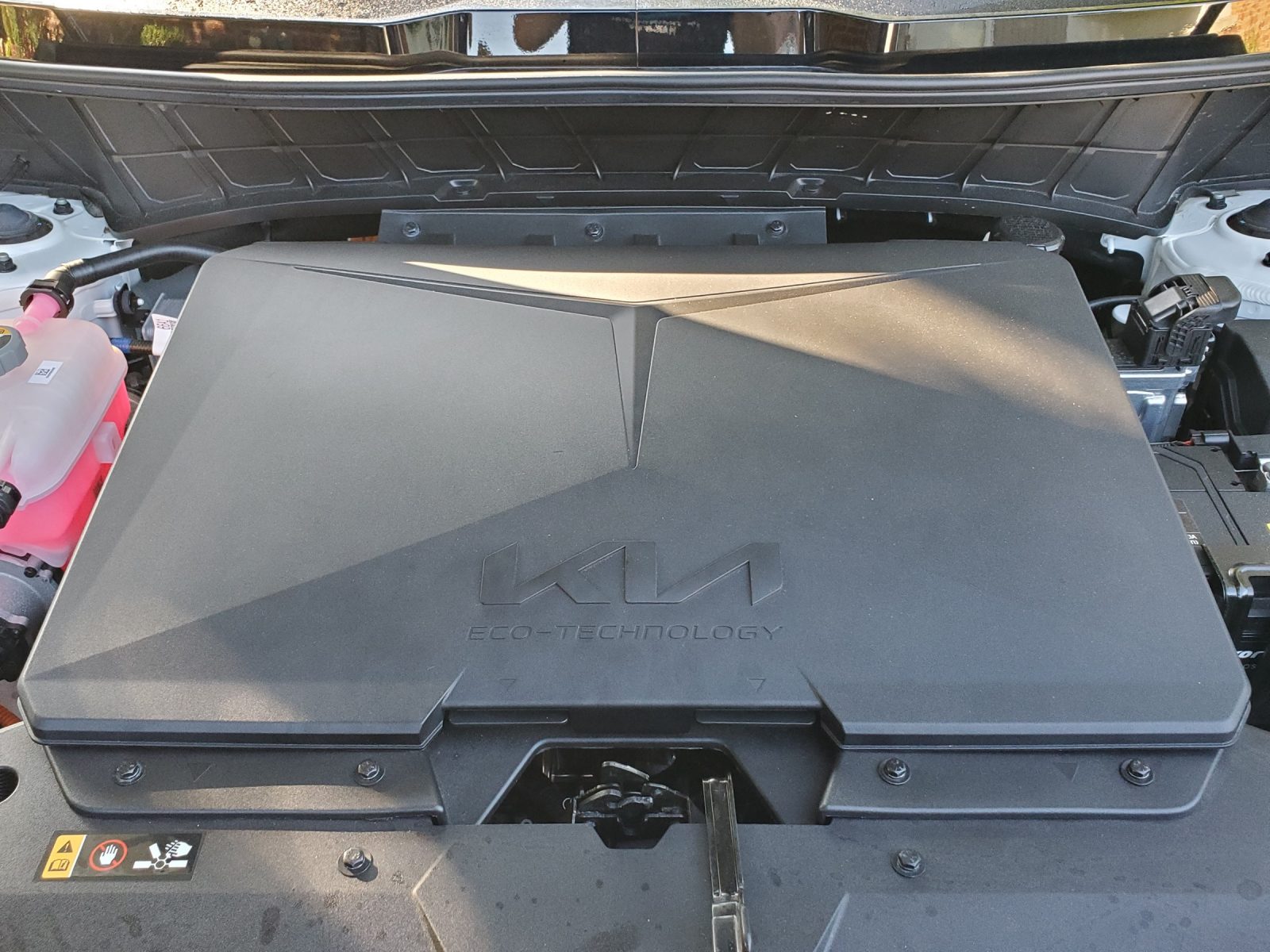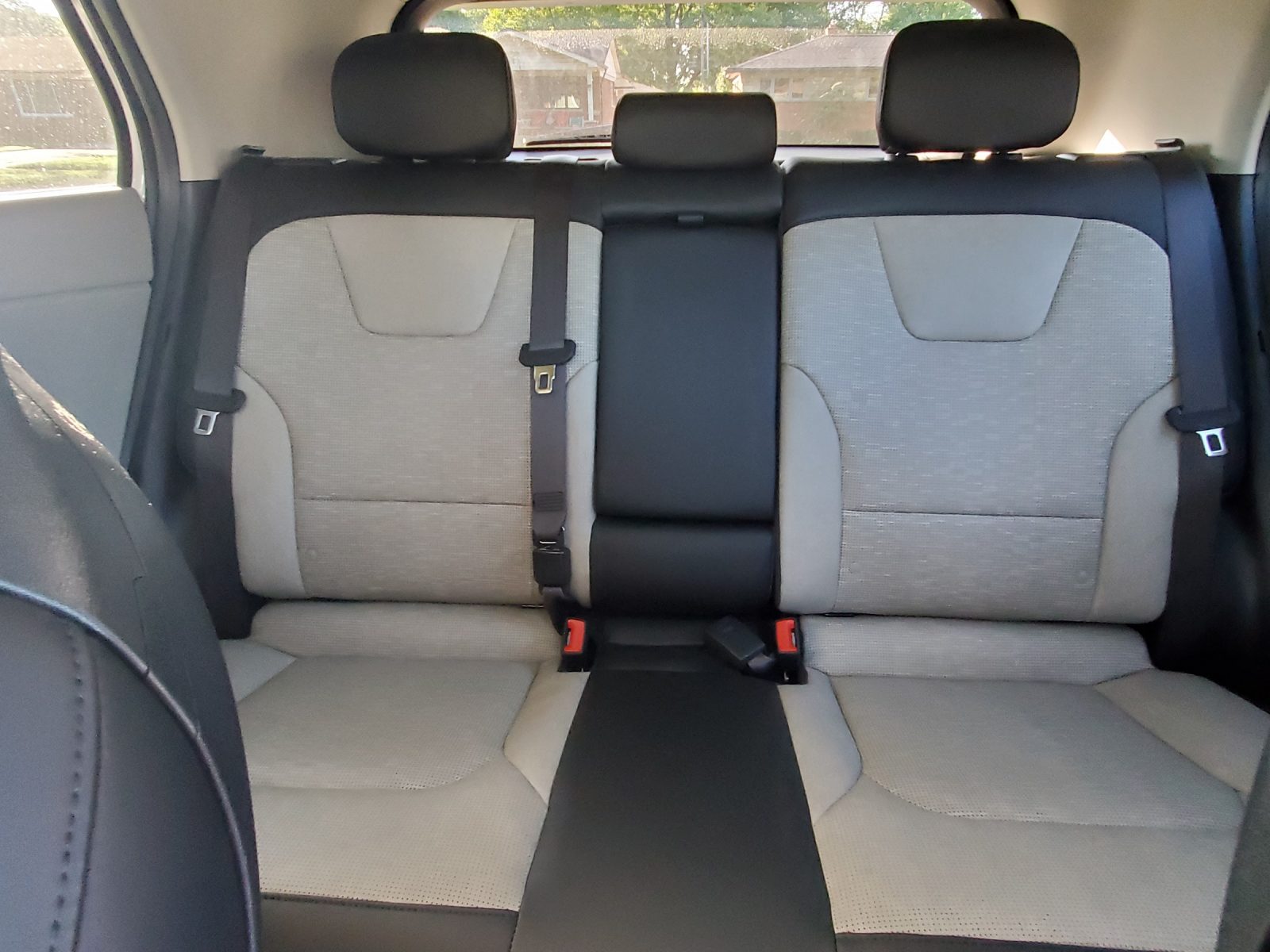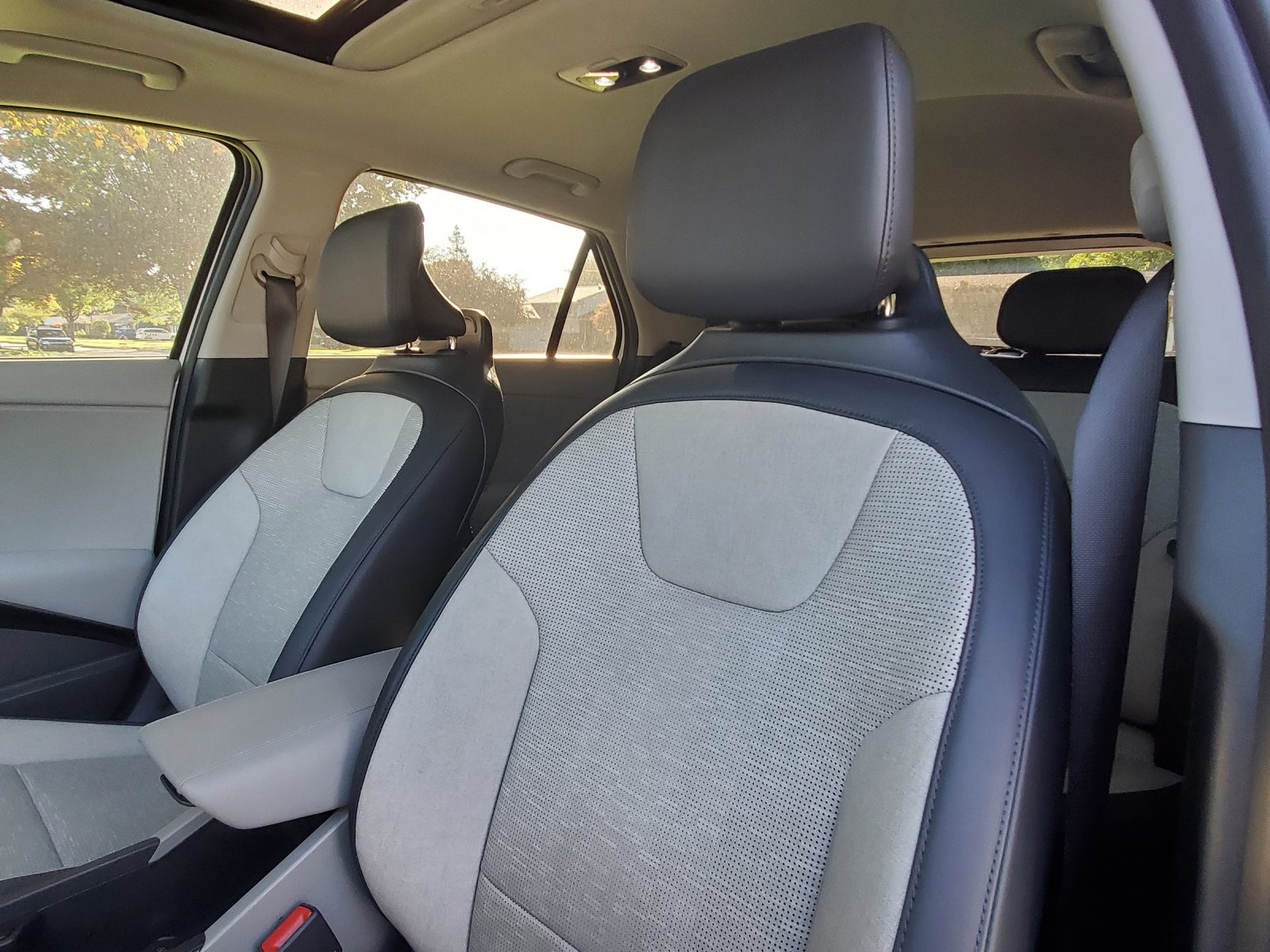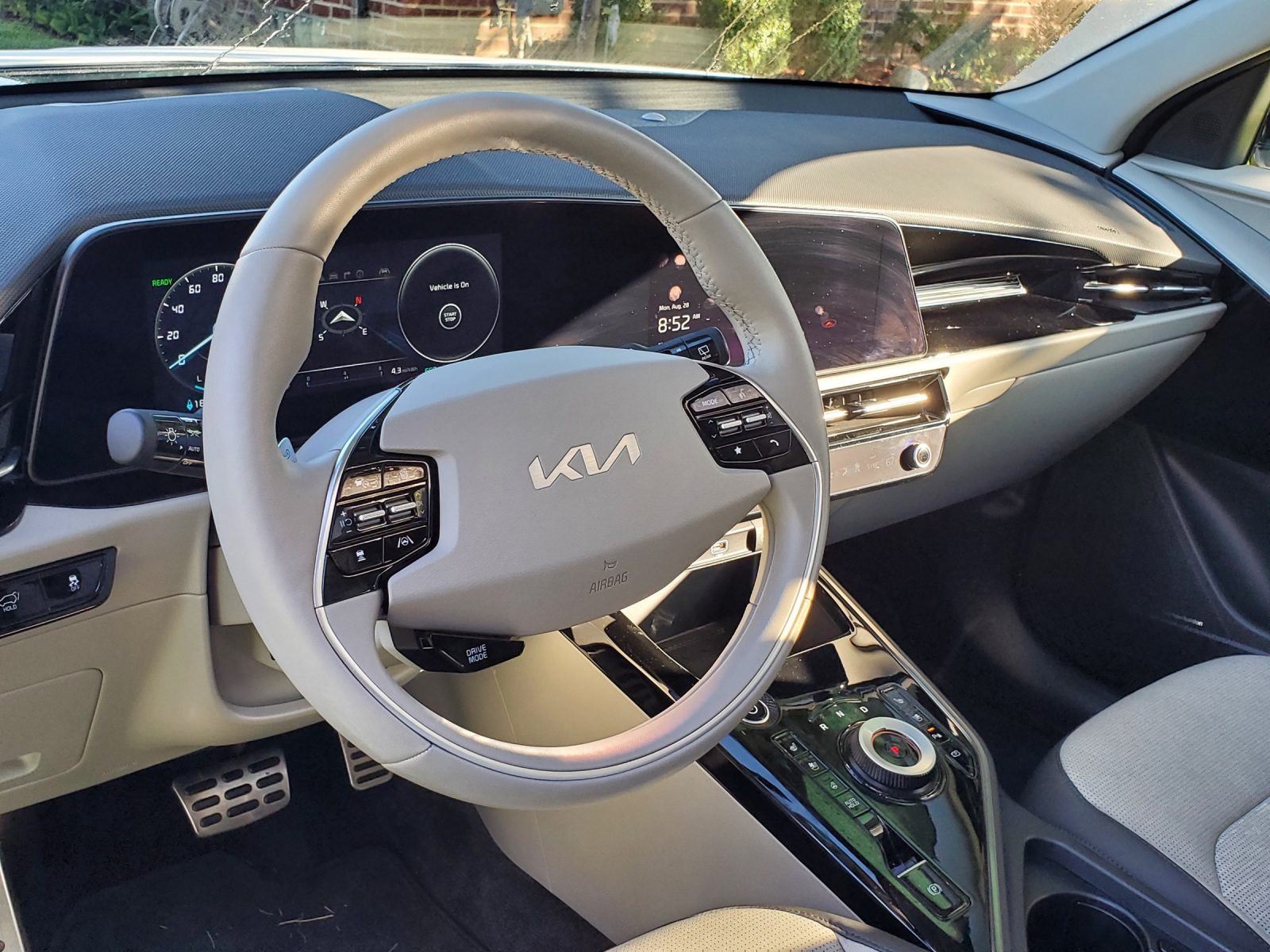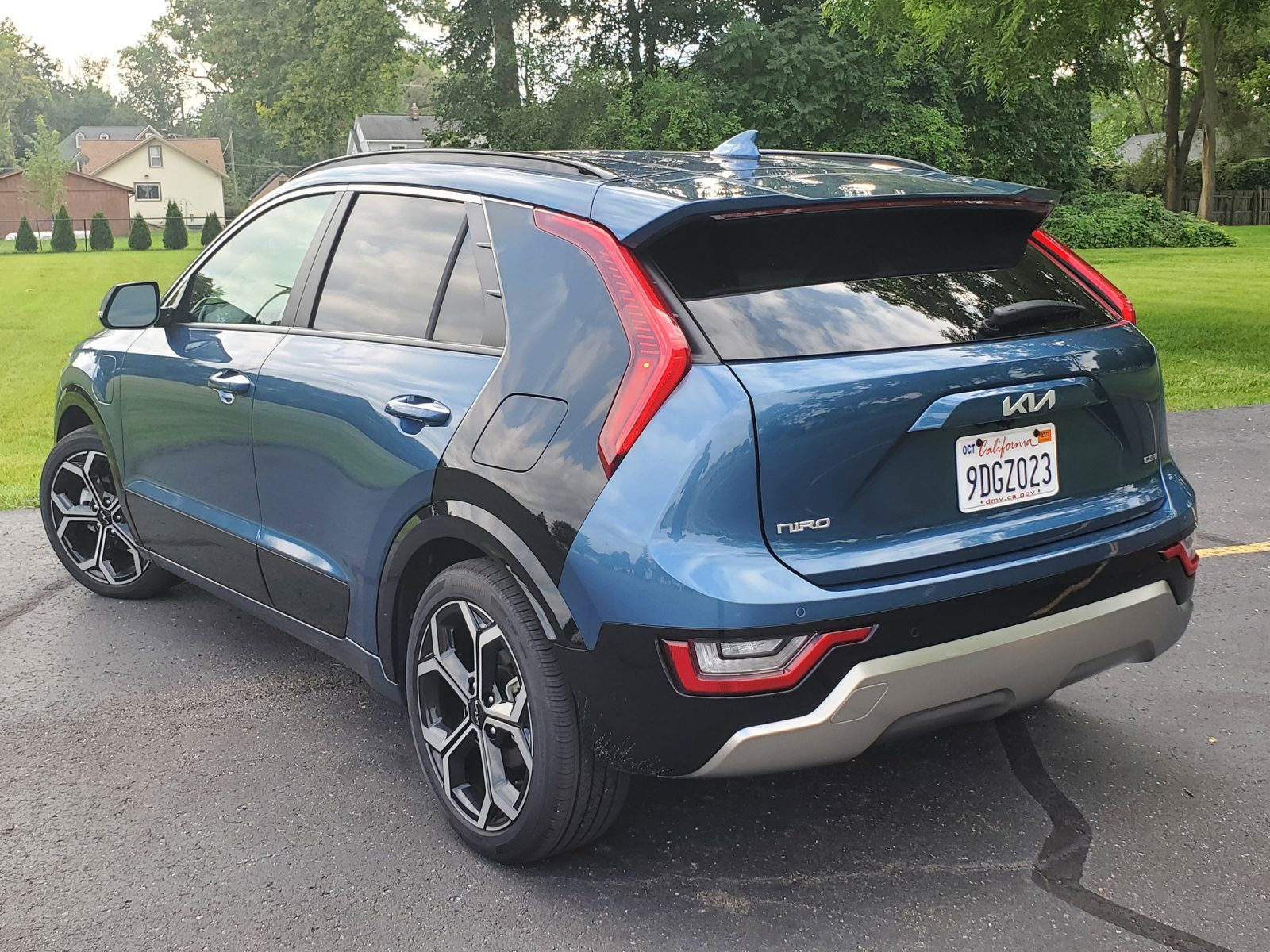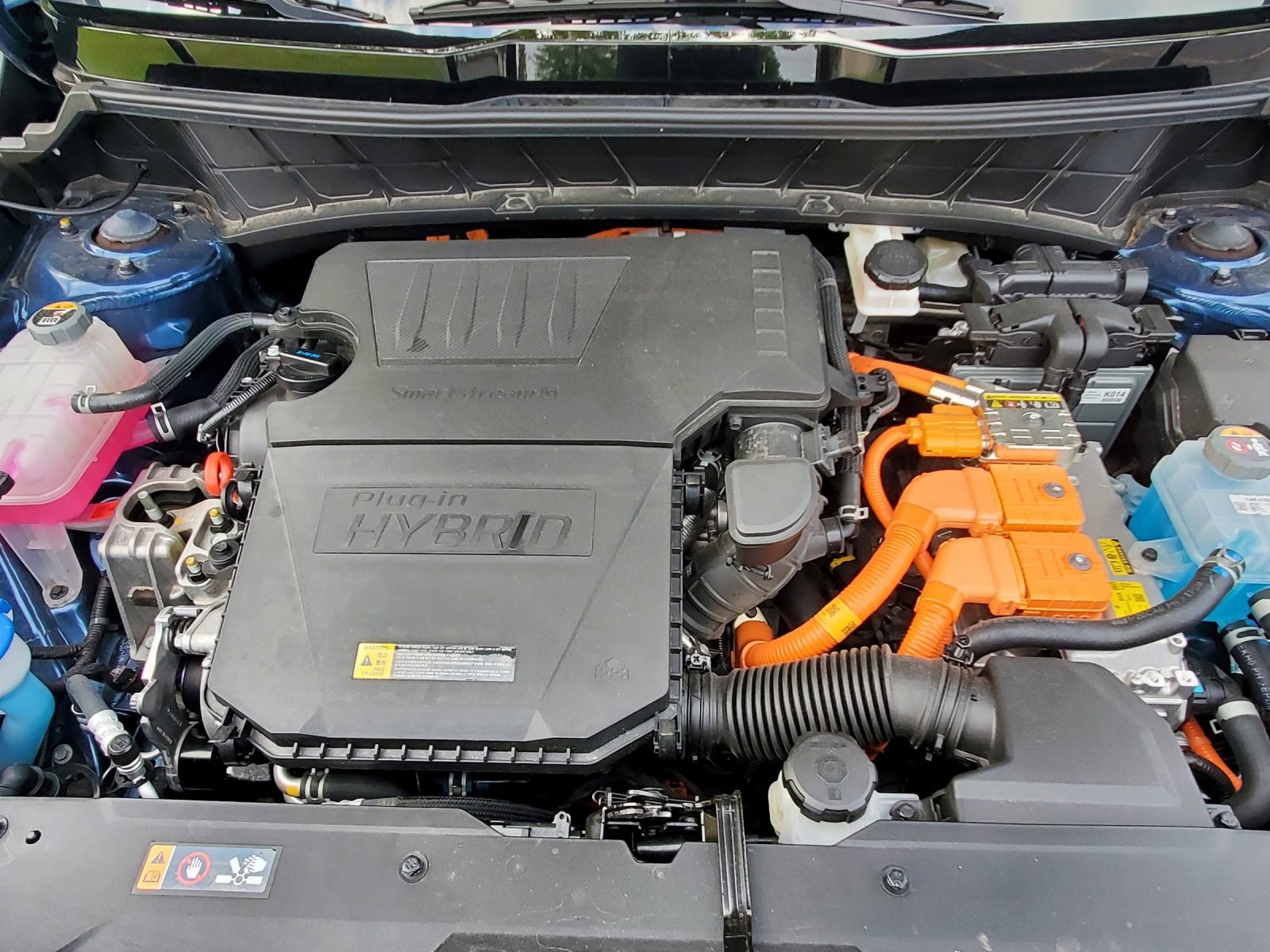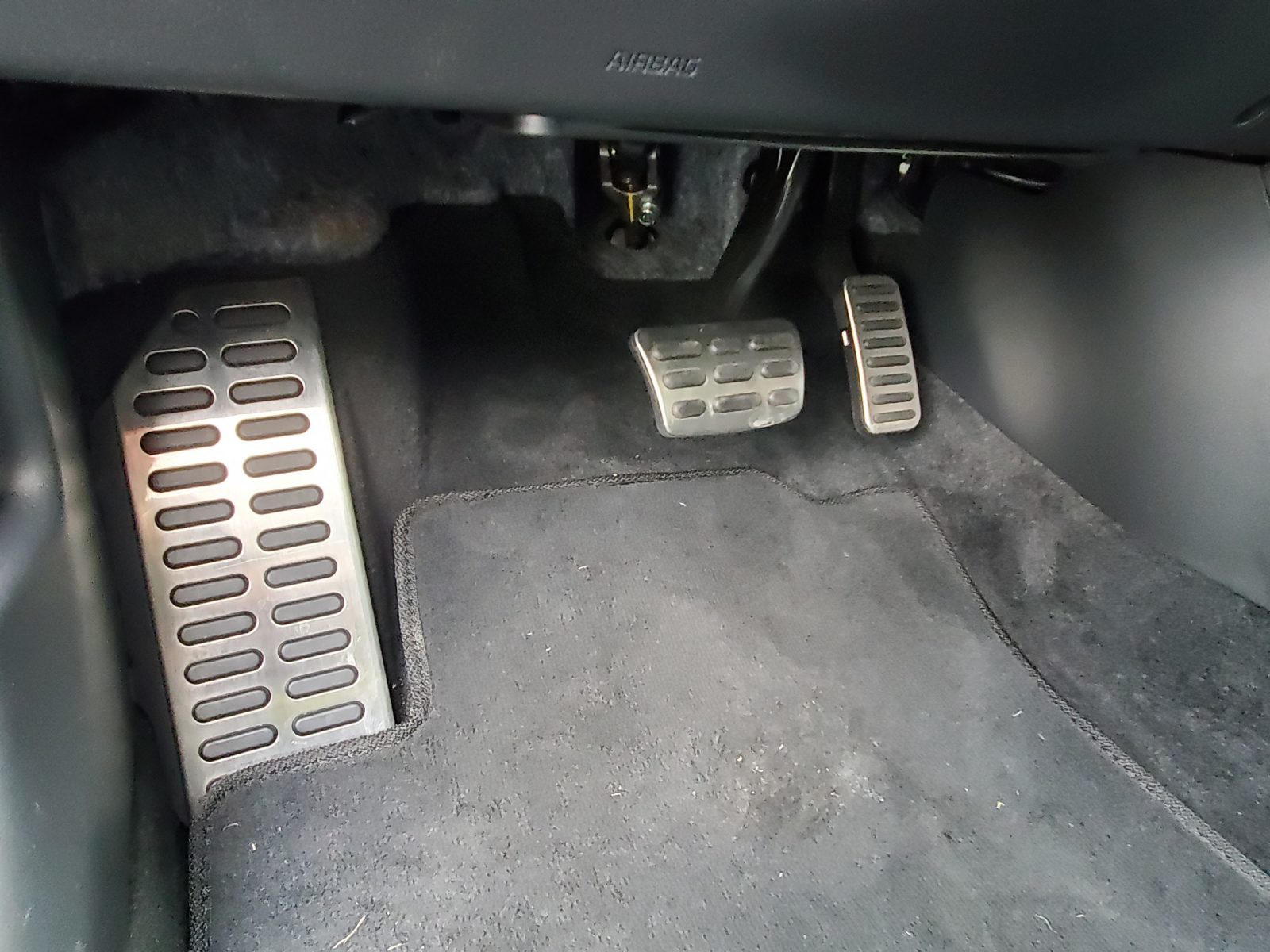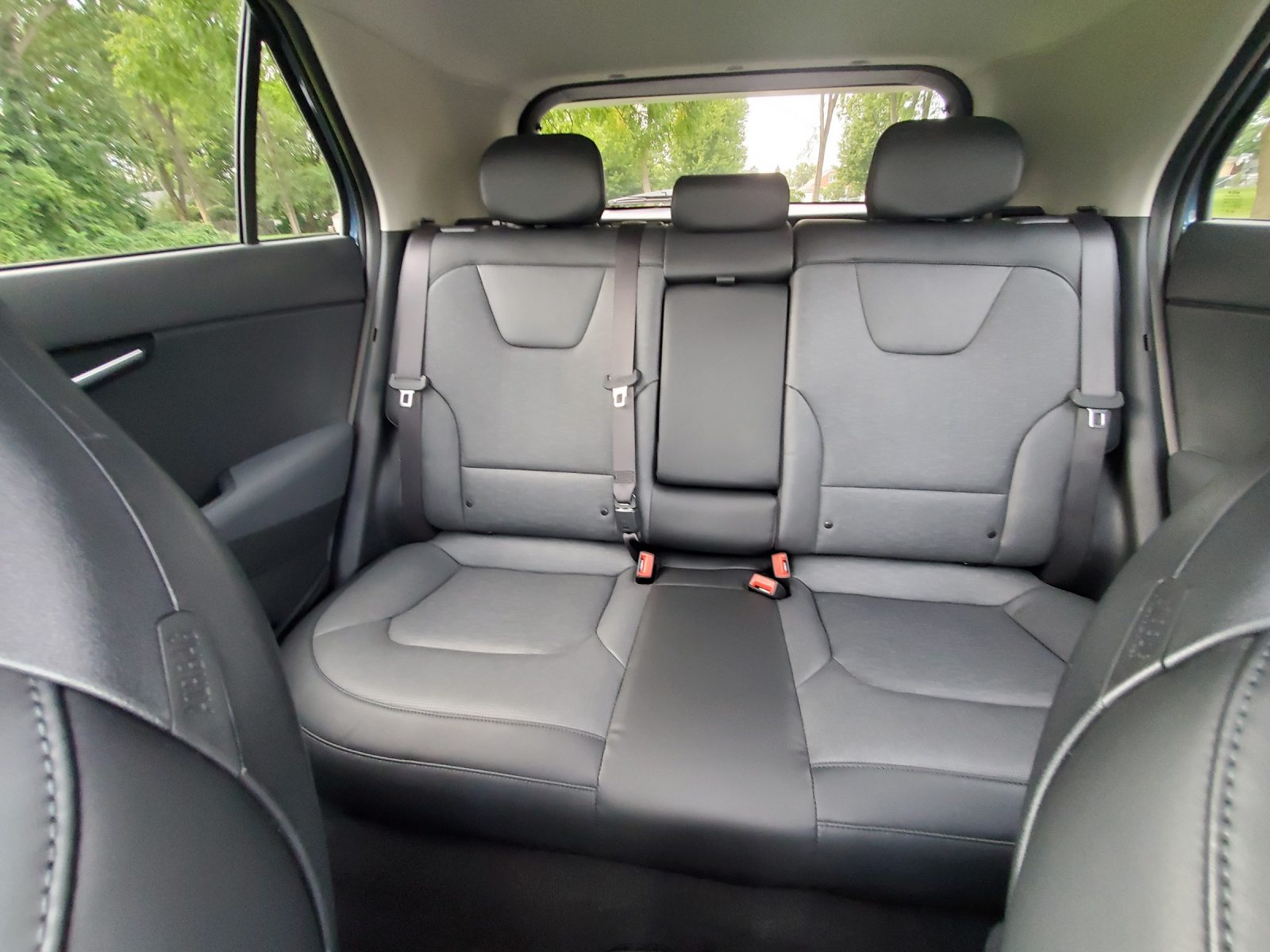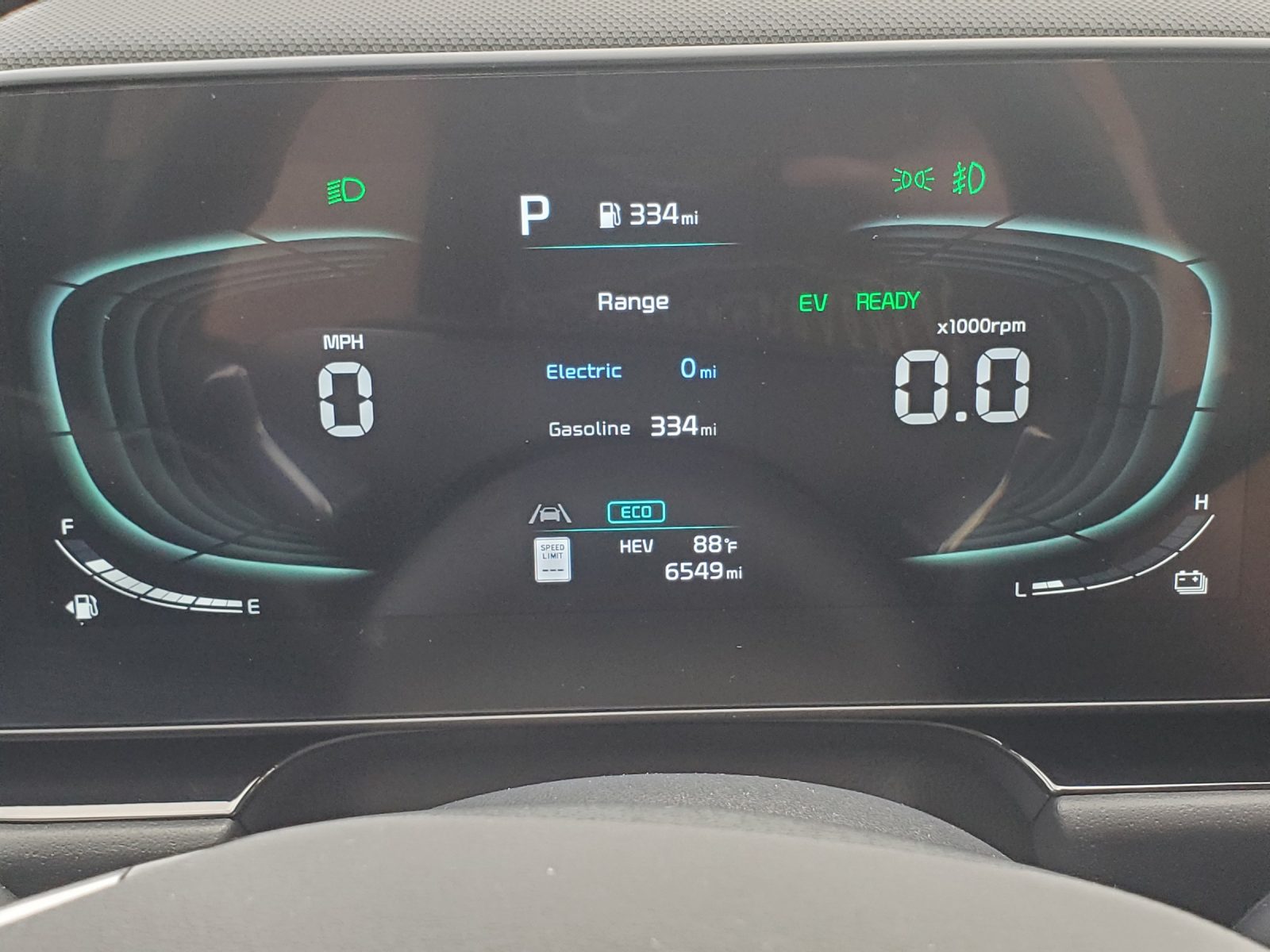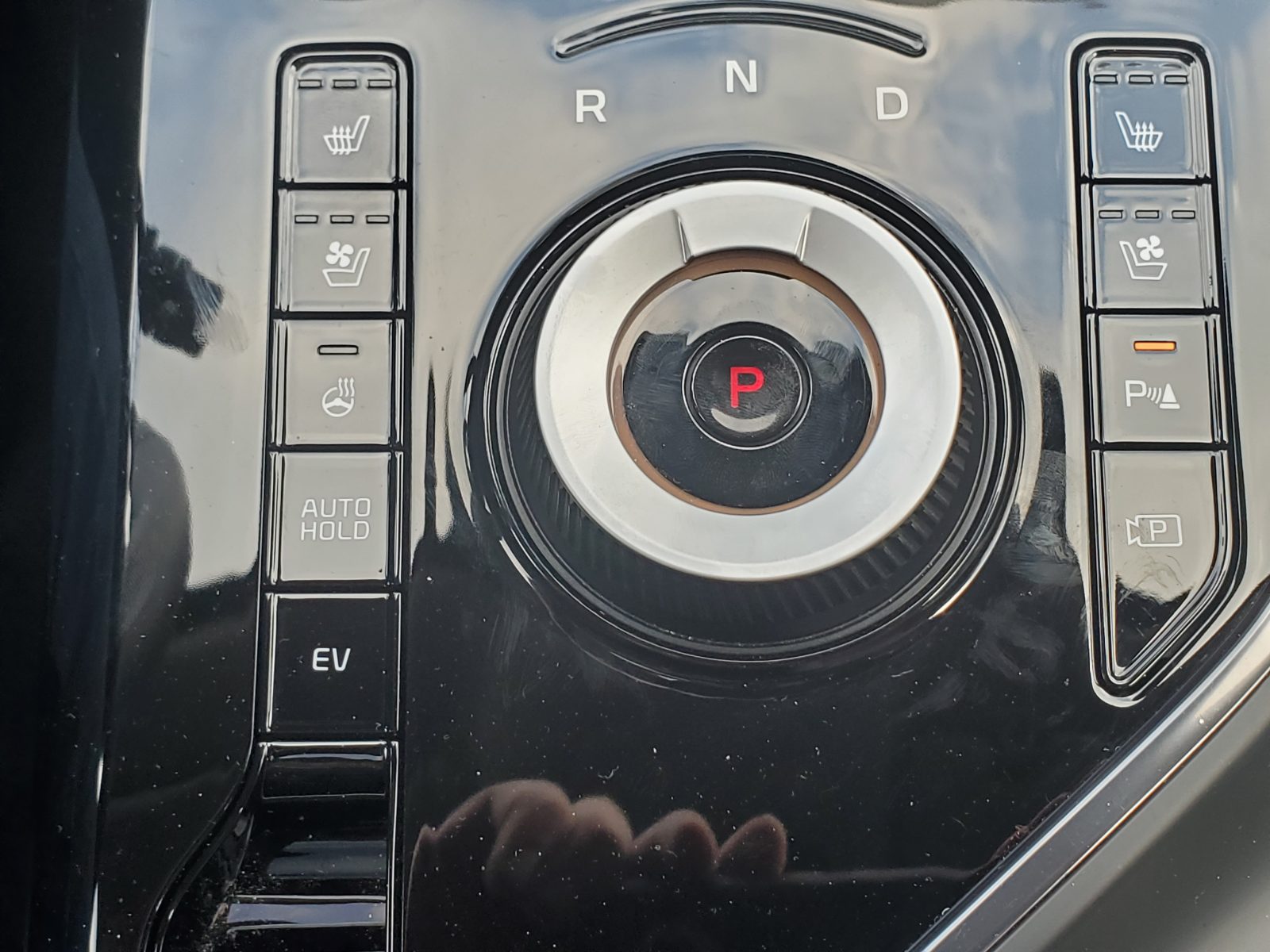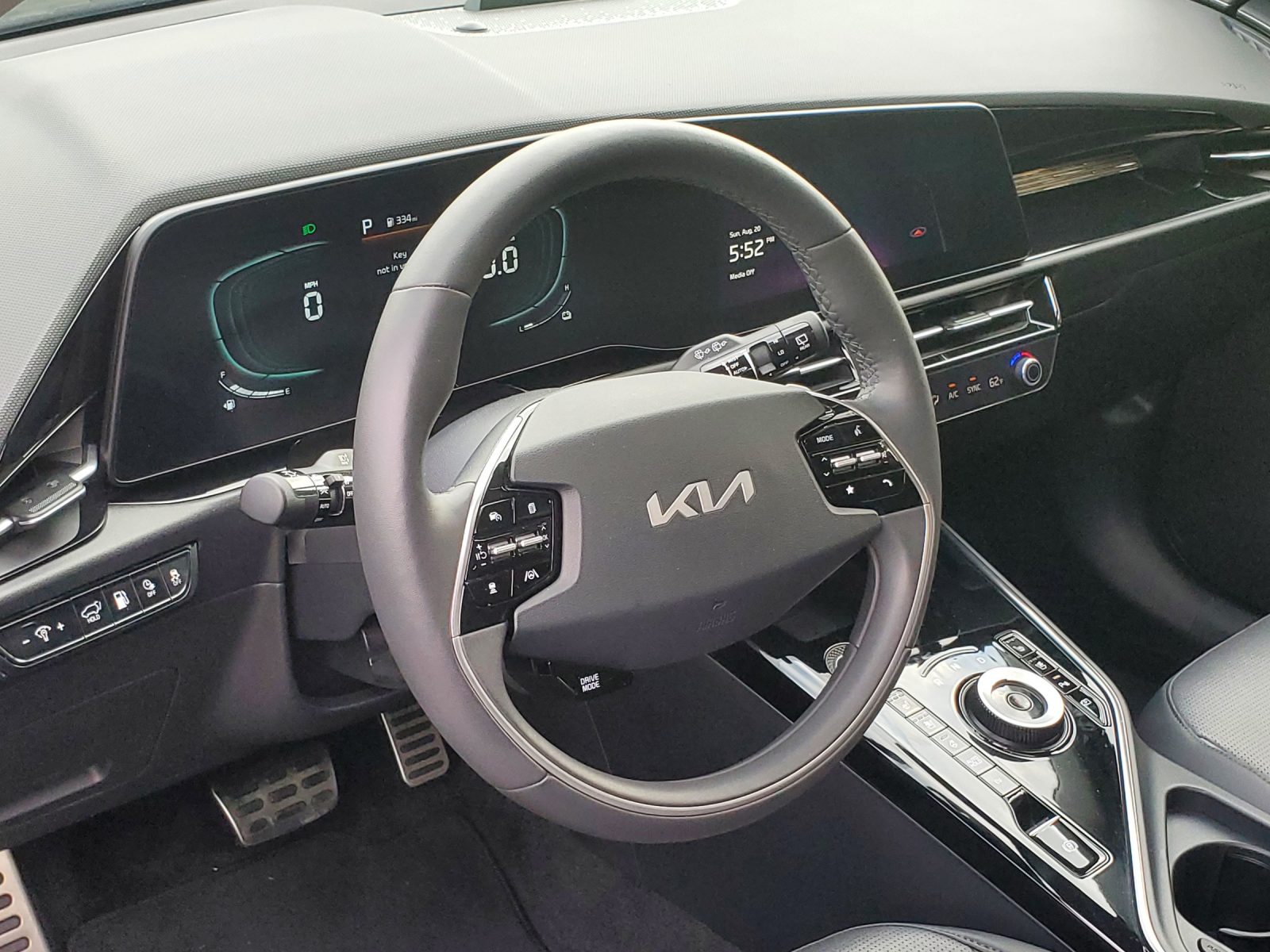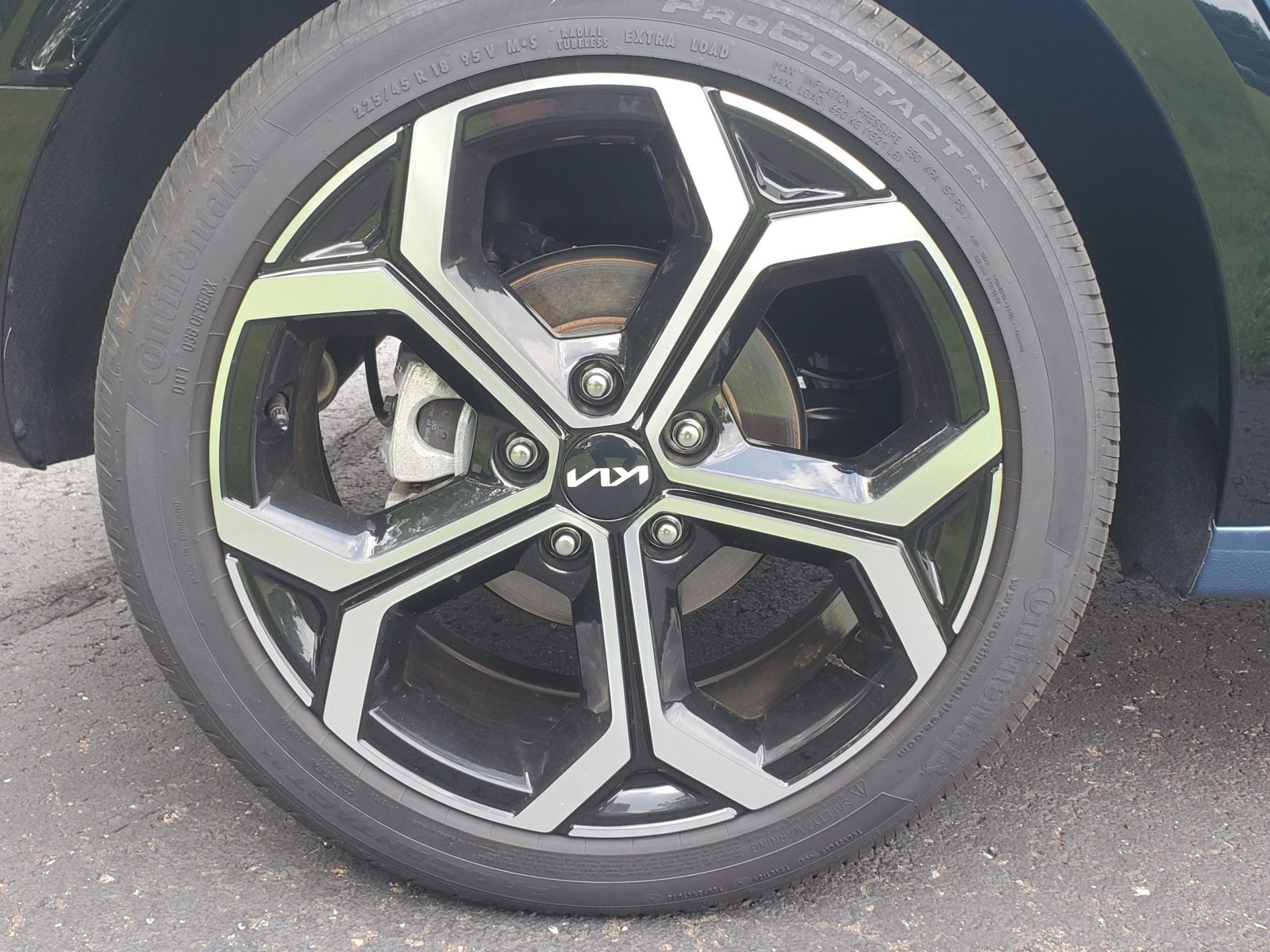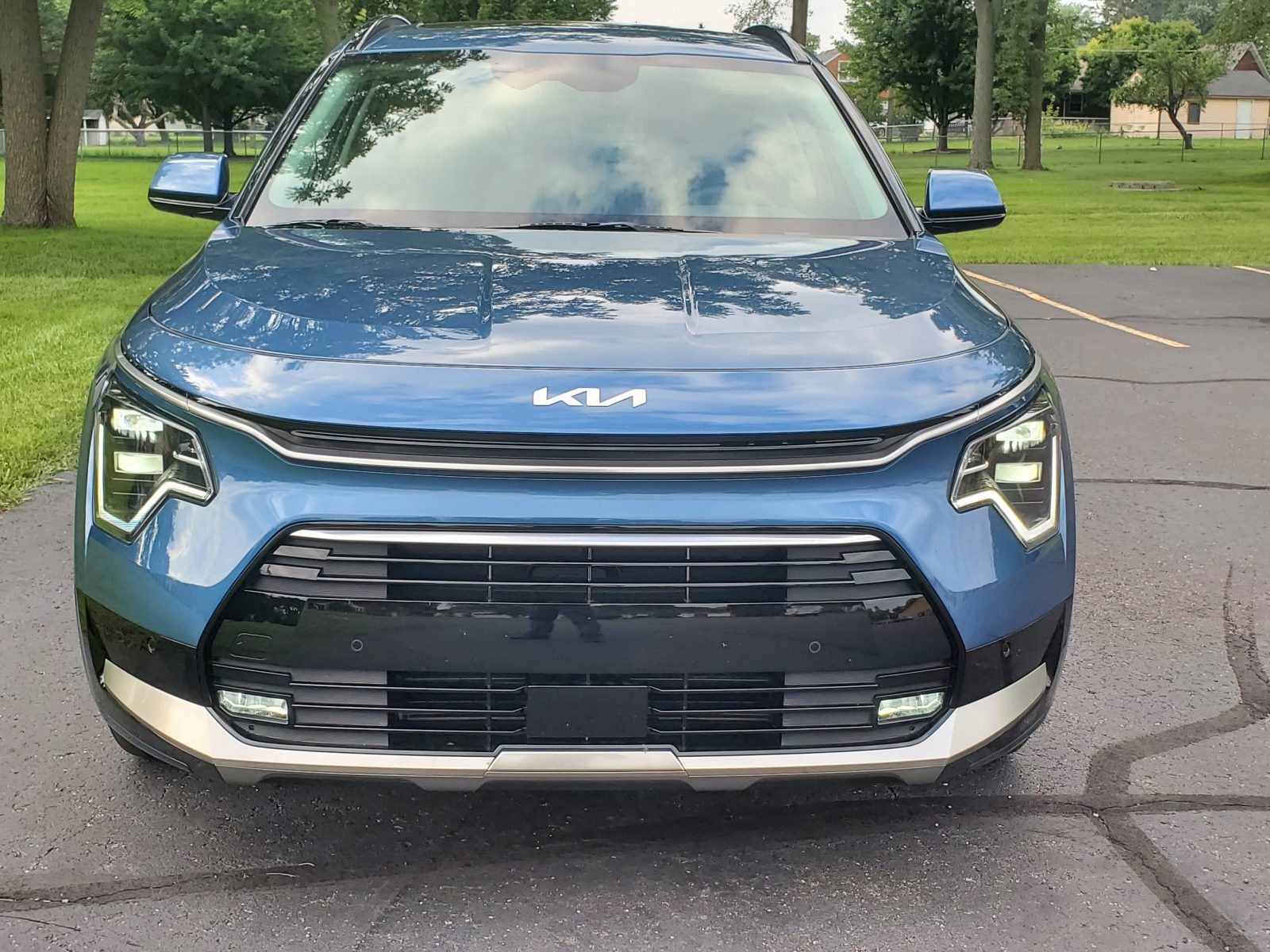The Kia Niro wanted to bring green motoring to buyers in a shape that was functional yet bold at the same time. However, the outgoing model had exterior design elements that were bland and awkward looking with performance that made it drive like a bland plate of oatmeal. Kia was paying attention to feedback from its customers and used the 2024 model year to make changes to both the PHEV and the EV models. However, are all of these changes enough to help the duo stand out in the green vehicle race? To find out, we had the opportunity to drive both the PHEV and the EV models and it’s very clear that the two have very distinct personalities.
2024 Kia Niro PHEV SX Touring
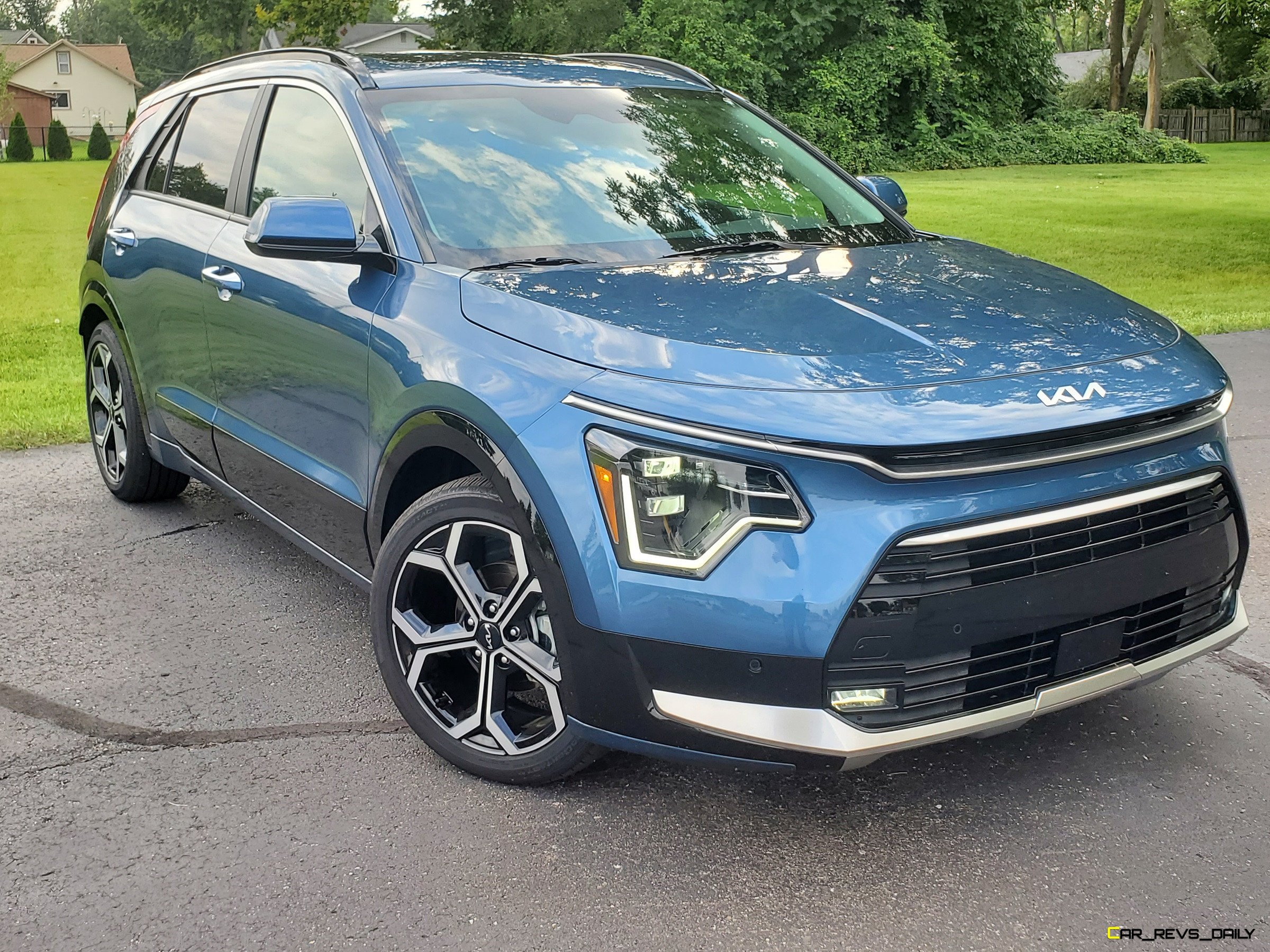
The exterior styling of the Kia Niro PHEV shares the core essentials with the PHEV and the aforementioned EV model. Kia designers added a new front fascia that eliminates the odd-looking front grille and replaces it with a sharper-looking face that gets new headlights and a slender lightbar that wraps around from end to end. The rear fascia was designed to be more aerodynamically friendly and features reworked LED taillights.
Slip inside and you’ll find that the cabin takes much of its inspiration from the bigger EV6 with the steering wheel and the basic layout of the dashboard itself following in the tire tracks of that model. A rotary shifter is standard on the PHEV with the Hybrid model getting a T-shaped floor-mounted shifter. A 10.3-inch infotainment system is standard on the PHEV too and while there are others in the Niro’s segment that have bigger screens, the Niro’s system stands out by offering a software suite that’s easy to use with the menus being laid out in a usable manner. Rear seat room in our PHEV tester was on par for the segment, but headroom is tight for taller passengers and our tester only had 19.4 cubic feet of cargo space with the second-row seats in place. Fold them down and space increases to 54.6 cubic feet which is enough for several large bags.
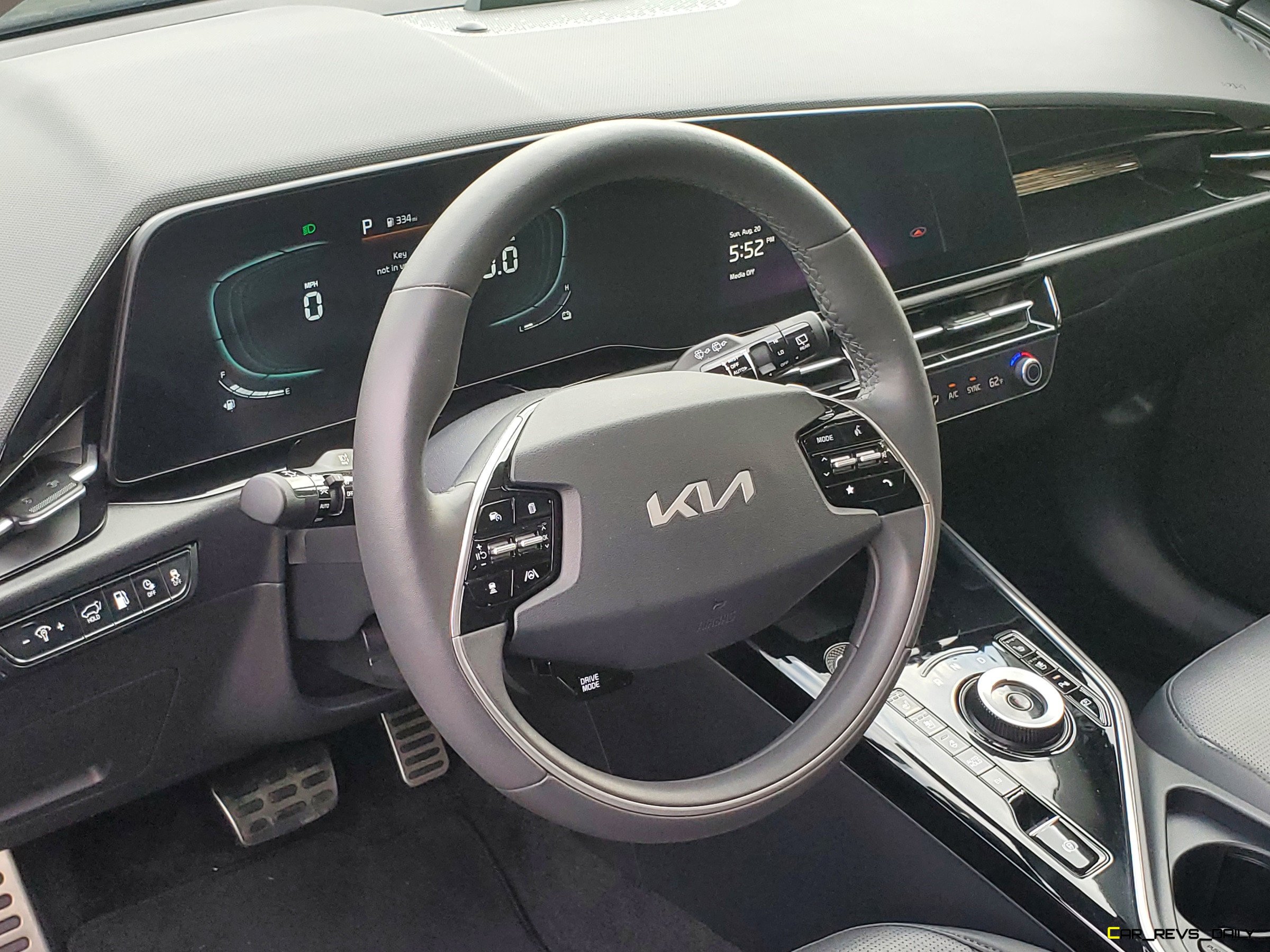
Performance for the 2023 Kia Niro PHEV comes from a 1.6-liter four-cylinder that’s paired with a beefier 83-hp electric motor (the Hybrid uses a smaller 43-hp motor) which work together to produce a combined system output of 180 hp. But while the tandem does allow the PHEV to have some pep in urban commuting, it’s not a sports car with our tester needing 7.3 seconds to make the jog to 60 mph. A six-speed dual-clutch automatic is standard and it did a good job producing smooth shifts though we wish the same memo was given to the brakes with the regen system cutting in too abruptly in hard stops. Pricing starts at $35,765 for the base EX model with our range-topping SX Touring model having a final as-tested sticker of $41,515.
2024 Kia Niro EV Wave
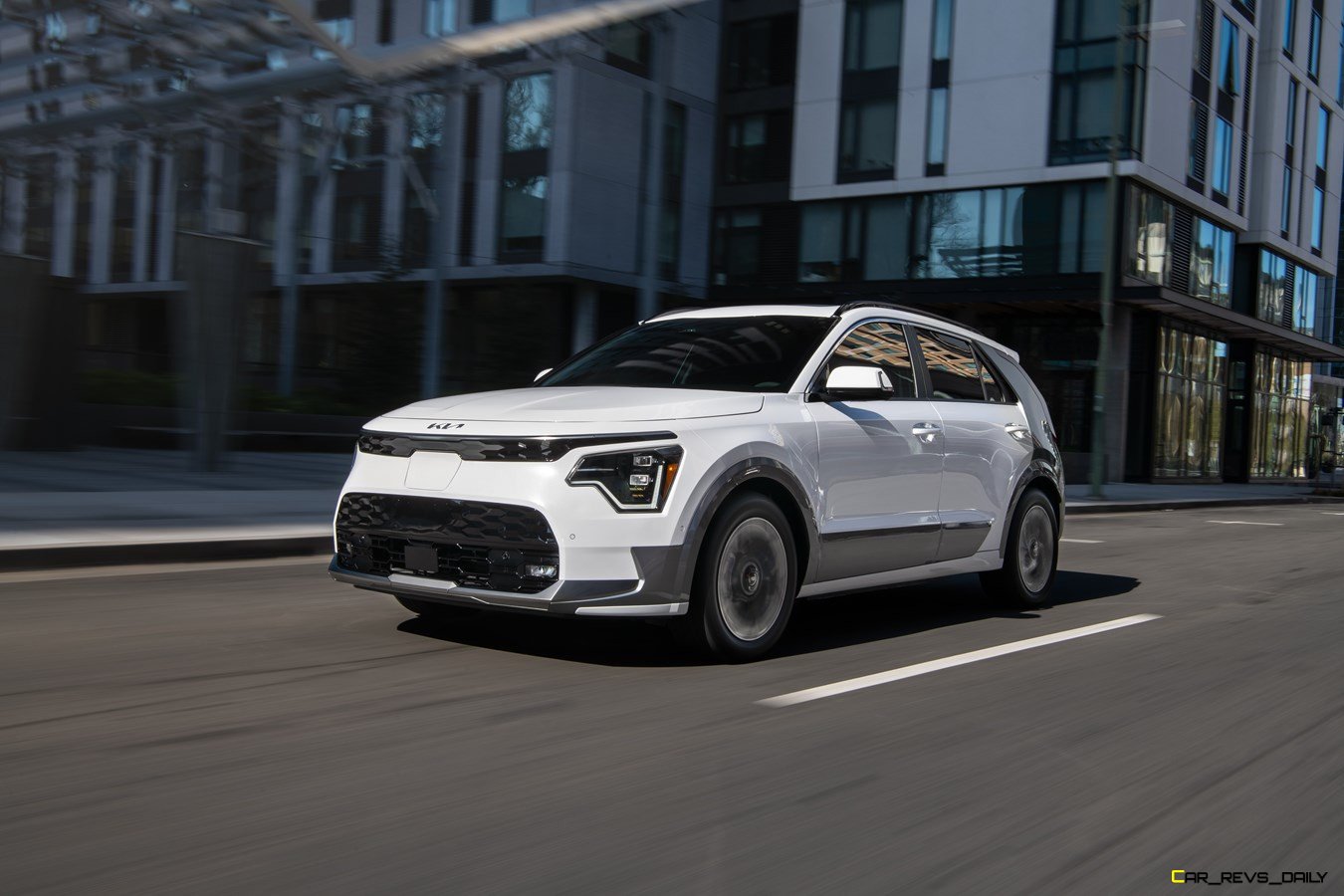
Meanwhile, the 2024 Kia Niro EV Wave focuses on providing pure electrification to Kia buyers. Like the PHEV, the exterior styling is meant to grab attention but here on our Wave tester, minor differences help the EV version stand out from its gasoline-powered cousins. The lower portion of the front fascia is tweaked and all EV models get panels for the upper half of the grille work with the front-mounted charging port being positioned front and center. The EV model also gets exclusive wheels that help improve aerodynamics.

The interior of the EV also follows the same path as the PHEV but minor trim differences make themselves known. The plastics here for example get swapped out with greener materials with the Wave also getting a trim exclusive two-tone scheme for its seats. A prominent difference that buyers will notice is the larger fully digital instrument cluster which is exclusive to the EV. Otherwise, the bulk of the trappings here are shared with the PHEV and other Niros which is good since it allows the Niro EV to have a handsome look and impressive functionality. Second row passengers get to enjoy a flat floor which improves leg and footroom.
Performance for the Niro EV comes from the same setup as the Hyundai Kona EV with a front-mounted 201-hp electric motor driving the front wheels. All this juice comes from a 68.4 kWh battery pack which allows the CUV to get 253 miles of range in between charges. While the horsepower figure is the most that you can get in a Niro model, the EV is more tepid than expected with our tester needing 6.7 seconds to make the sprint to 60 mph. That’s on par with many gasoline-powered offerings but when compared to some of its other EV rivals, it’s a bit more relaxed than we would expect. Pricing for the EV starts at $40,975 for the base Wind model with a Wave model like our tester having a base sticker of $45,975.
Which One To Buy?
Choosing which Niro to buy will depend on consumer tastes. But if we had our choice, we would go for the Niro EV but only in its base Wind trim. Unlike other EV models, moving up from the Wind to the Wave trim doesn’t result in any discernible performance upgrades and the Wind comes with a strong pool of standard equipment already including heated front seats, wireless phone charging pad, ambient lighting, and dual-zone climate control.
Either way, the 2024 Kia Niro lineup is shaping up to be a more compelling offering for Kia buyers and it will be interesting to see if Kia’s efforts at refining the CUV payoff in delivering long-term rewards for their profit margins.

Carl Malek has been an automotive journalist for over 10 years. First starting out as a freelance photographer before making the transition to writing during college, his work has appeared on numerous automotive forums as well as websites such as Autoshopper.com.
Carl is also a big fan of British vehicles with the bulk of his devotion going to the Morgan Motor Company as well as offerings from Lotus, MG, and Caterham. When he is not writing about automobiles, Carl enjoys spending time with his family and friends in the Metro Detroit area, as well as spending time with his adorable pets.


